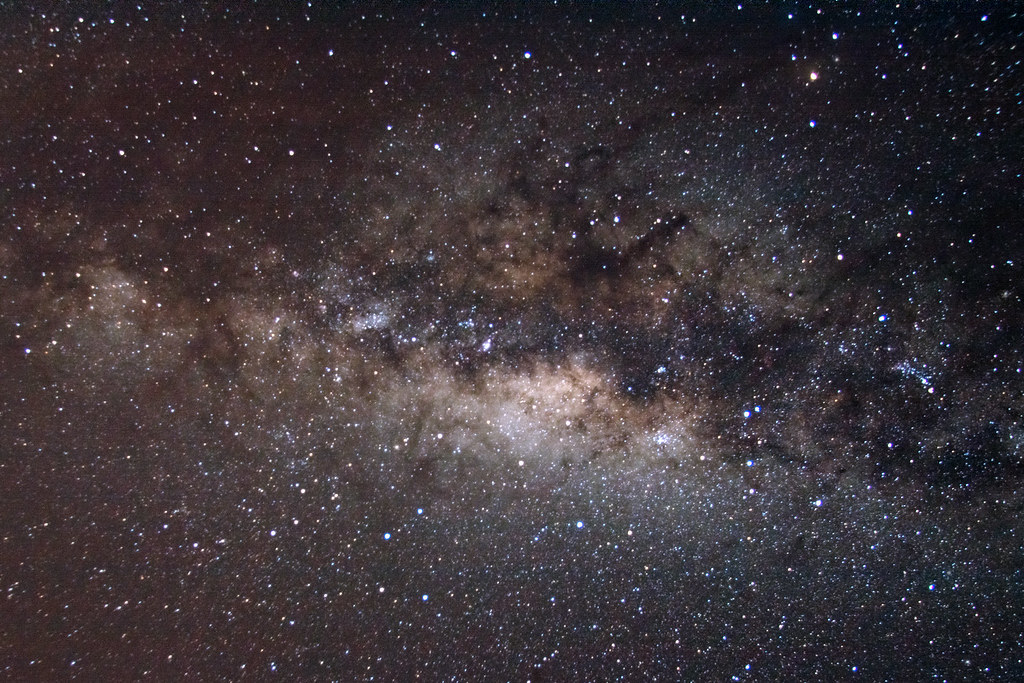A passing dwarf galaxy caused ripples in our galaxy millions of years ago: Study

- Country:
- Sweden
The mysterious ripples in Milky Way's outer disc are caused by a dwarf galaxy that shook our home galaxy as it passed by hundreds of millions of years ago, according to a new study.
Using data from Europe's Gaia space telescope, a team led by researchers at Lund University in Sweden studied a much larger area of the Milky Way's disk than was previously possible. The team has shown that large parts of the Milky Way's outer disk vibrate. The dwarf galaxy responsible for ripples in our cosmic home is now seen in the constellation Sagittarius.
Scientists believe that Milky Way was born 13.6 billion years ago, emerging from a rotating cloud of gas composed of hydrogen and helium. Over billions of years, the gas then collected in a rotating disk where the stars, such as our sun, were formed.
"We can see that these stars wobble and move up and down at different speeds. When the dwarf galaxy Sagittarius passed the Milky Way, it created wave motions in our galaxy, a little bit like when a stone is dropped into a pond," Paul McMillan, the astronomy researcher at Lund Observatory who led the study, said in a statement.
"At the moment, Sagittarius is slowly being torn apart, but 1-2 billion years ago it was significantly larger, probably around 20 percent of the mass of the Milky Way's disk," he added.
The team's findings about the stars in the outer regions of the galactic disk are published in the journal Monthly Notices of the Royal Astronomical Society.
Gaia, which has been in operation since 2013, has measured the movement across the sky of approximately two billion stars and the movement towards or away from us of 33 million. The mission's primary goal is to create the largest, most precise three-dimensional map of our galaxy by surveying about 1% of its 100 billion stars.
Gaia also carries out observations of known asteroids within our solar system, providing data on the orbits and physical properties of these cosmic bodies.
- READ MORE ON:
- Milky Way
- Milky Way ripples
- dwarf galaxy
- Gaia telescope
ALSO READ
Science News Roundup: Genome study reveals prehistoric Ethiopian origins of coffee; Astronomers detect Milky Way's second-largest known black hole and more
Science News Roundup: Astronomers detect Milky Way's second-largest known black hole; Australia's Juukan Gorge yields up rare Tasmanian Devil tooth and more
Science News Roundup: Astronomers detect Milky Way's second-largest known black hole; Head of Russian space agency says work under way on modernised Angara rocket and more
Science News Roundup: NASA seeks cheaper ideas for Mars sample return mission amid budget crunch; Astronomers detect Milky Way's second-largest known black hole and more










